#acrolithed
Explore tagged Tumblr posts
Text
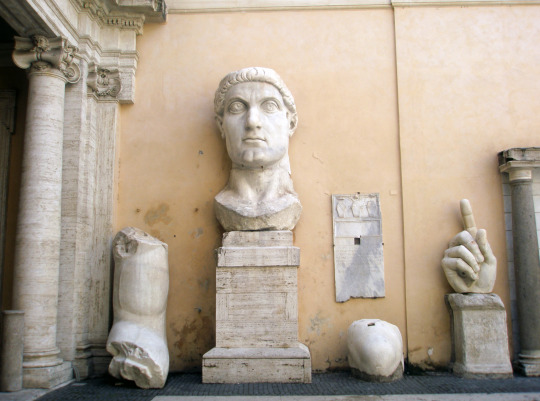
Colossus of Constantine as an example for acroliths. Around 300 A.D.
Learn more https://www.archaeologs.com/w/acrolith/
#archaeology#archaeological#archaeologs#history#dictionary#art#sculpture#greek sculpture#acrolith#colossus#constantine#greek art#ancient greece#roman empire#arkeoloji#tarih#sanat#heykel
101 notes
·
View notes
Text
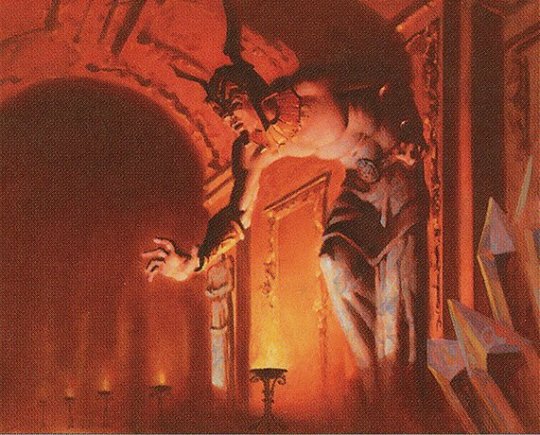
Opal Acrolith (Urza's Saga) - Robh Ruppel
More cards with art by Robh Ruppel on Scryfall
1 note
·
View note
Text



HEAD of Female Acrolith: "Marble [head], Copper and calcedony [eyes]" 470-260 BC. Found in Magna Grecia | Unknown provenance [?]
[Loan from] Museo Gregoriano Profano, Musei Vaticani | MV • Web : https://www.museivaticani.va/content/museivaticani/en.html • IG : @vaticanmuseums Exhibited [18|06|23] in Baths of Diocletian, Museo Nazionale Romano "The Instant and Eternity, Between us and the ancients" exhibition • Web : https://museonazionaleromano.beniculturali.it/en/baths-of-diocletian • IG : @museonazionaleromano
MV BOA | Michael Svetbird phs©msp | 18|06|23 6200X4100 600 [I., II.] The photographed object is the collection item of MV and subject to copyrights. [non commercial use | sorry for the watermarks]
📸 Part of the "Small Format Sculpture and Miniature Artefacts" MSP Online Photo-gallery:
👉 D-ART: https://www.deviantart.com/svetbird1234/gallery/69450077/small-format-sculpture-and-miniature-artifacts
👉 FB Album: https://www.facebook.com/media/set/?set=a.859777984390780&type=3
.
#rome#vatican#vaticanmuseums#museogregorianoprofano#bathsofdiocletian#termedidiocleziano#museonazionaleromano#archaeologicalmuseum#magnagrecia#acrolith#female#head#sculpture#votive#ancientsculpture#antiquity#ancient#archaeology#archeologia#heritage#museology#mythology#ancient art#art history#antiquities#photo gallery#archaeologyphotography#sculpturephotography#museumphotography#michaelsvetbird
15 notes
·
View notes
Text
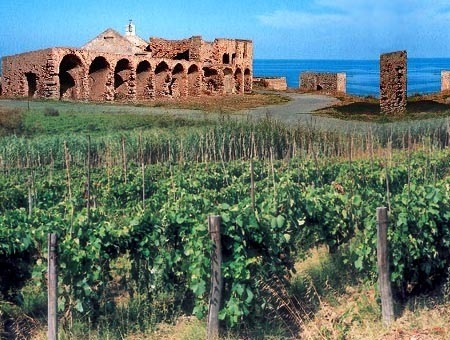
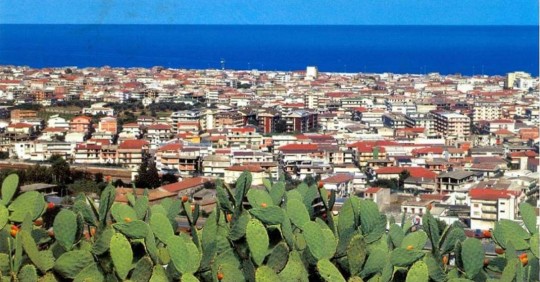
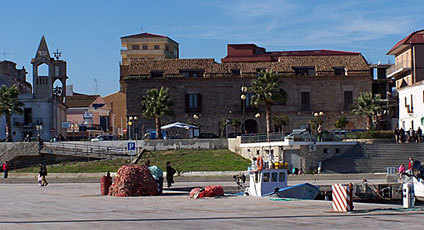

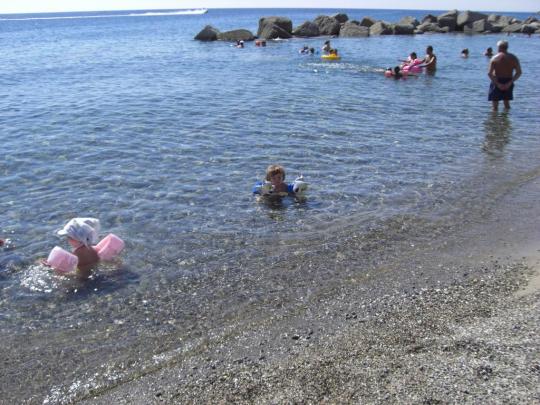
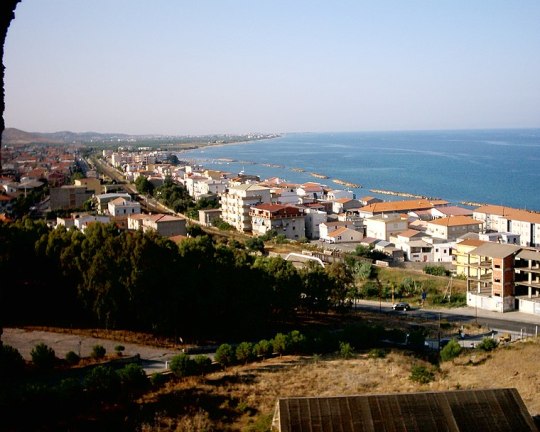
Cirò Marina, Calabria, Italy
Cirò Marina is a seaside town on the Ionian coast of Calabria. This is the wine-producing area of the region, with a tradition in wine-making that stretches back over a thousand years.
Cirò Marina is an old land, inhabited in the distant past by Greek settlers who probably arrived there between the 7th and 6th centuries BC and founded the town of Krimisa.
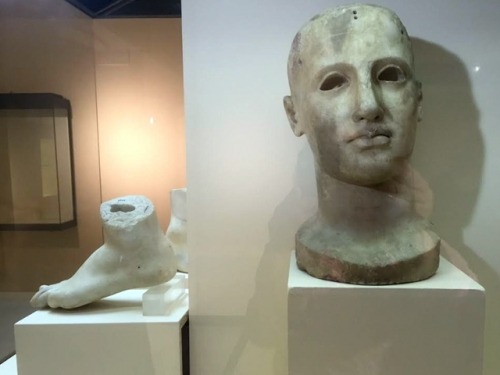
This Greek colony was also known because of the Temple of Apollo Aleus on the promontory of Punta Alice. The best-known finding which emerged from the archaeological excavations consists of some parts of the acrolith of Apollo Aleo, namely the head, both feet and part of the hand, today exhibited at the National Archaeological Museum of Reggio Calabria.
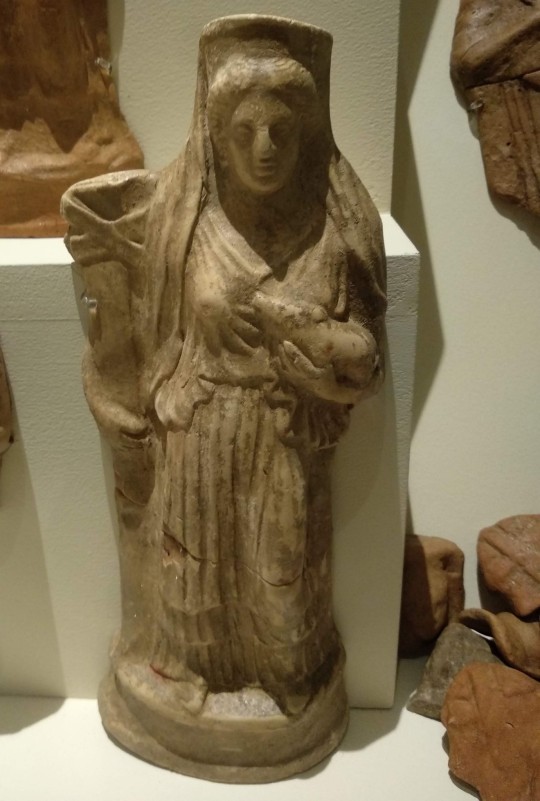
Other important discoveries which are now preserved at the Civic Museum of Cirò Marina, are a simulacrum of Demeter and a clay figurine representing Demeter as well. The first one is a bust in terracotta, dating back to the 3rd century BC. In the second one, the goddess is depicted with a torch and a little pig. The torch symbolizes Demeter's search for her daughter Kore/Persephone, kidnapped by the God of the Underworld and down there, in the dark, searched by her desperate mother. The fire of the torch burns and purifies. Combined with the little pig, it speaks of pig sacrifices that were held on numerous ritual occasions dedicated to the goddess, as often demonstrated by the discovery of butchered bones in sanctuaries in pits, interpreted as remains of ritual meals and sacrifices to the goddess.
In Ancient Greece the sacrifice of pigs to ensure the fertility of the land was a widespread practice. During the Thesmophoria festivals (ancient Greek: Θεσμοφόρια), purely female festivals dedicated to Demeter, the slaughtered pigs were thrown into pits, then the recovered remains were scattered on the fields.
Follow us on Instagram, @calabria_mediterranea
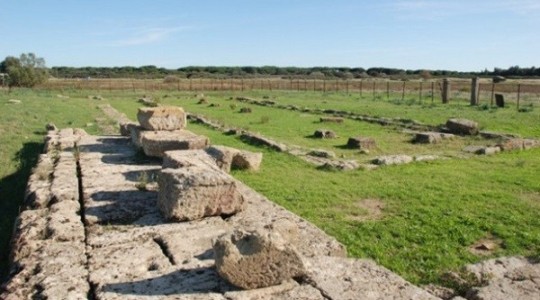
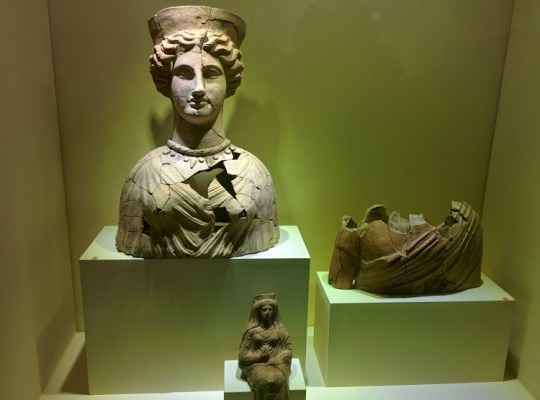
#cirò marina#cirò#calabria#south italy#italy#italia#southern italy#mediterranean#mediterranean sea#sea#seascape#seaside#seashore#beach#vineyards#vineyard#grapes#italian#europe#landscape#italian landscape#landscapes#beaches#italian landscapes#greek art#greek#ancient greece#art#history#archaeology
78 notes
·
View notes
Text
Dungeon Dialogue: The Alzadaal's Legacy
The Bhaflau Remnants #1 (X: 8.4, Y: 12.7) - Arriving at the isle
Estinien: Time to learn just how authentic our map truly is... ↳ G’raha Tia: Our adventure begins! Urianger: Behold. The lanterns ignite in the glyph's presence. Y’shtola: And thus we take our first step into the unknown. G’raha Tia: This isle is where we find the vault's entrance?
The Bhaflau Remnants #2 (X: 11.6, Y: 12.3) - 1st Hidden Bridge
Y’shtola: The glyph works its magic once more... ↳ G’raha Tia: An invisibility spell removed, mayhap? Urianger: What a peculiar enchantment... G’raha Tia: A bridge out of thin air...or cleverly hidden!
First Boss, Before engaging (X: 14.0, Y: 9.7) - Ambujam
Y’shtola: My, what dense aether this creature has. ➝ Urianger: 'Tis a rare breed of jellyfish─one with a sting, I imagine. Estinien: This gelatinous eyesore bars our path.
First Boss, After defeating (X: 14.0, Y: 9.7) - Ambujam
Estinien: If only it had been a squid. Imagine all the dried rations... ↳ Y’shtola: I'd rather not. Oh look, is that a teleporter? Urianger: Might that device be our sought-after “entrance”? Y’shtola: Shall we move on? That looks to be a teleporter. The teleporter bears you deep beneath the waves...
The Arrapago Remnants #1 (X: 11.2, Y: 14.6) - Undersea Vault
Looming Voice: Glyph of passage detected. Confirming bearer's identity... G’raha Tia: Look! We're deep under the Bounty! ↳ Estinien: Then our map was no fake after all. Urianger: This must be the satrap's vault. Such fascinating design... Y’shtola: We've descended quite some distance... Estinien: The ocean floor... The map was no fake after all.
The Arrapago Remnants #1 (X: 12.1, Y: 13.6) - Alzadaal’s Rampart #1
Alzadaal’s Rampart #1: Unrecognized aetherial signature... Brazen thief! You will proceed no further! Alzadaal’s Rampart #1: Locating denizens. Opening portal...
The Arrapago Remnants #2 (X: 11.2, Y: 11.1) - Alzadaal’s Rampart #2
Alzadaal’s Rampart #2: Locating denizens. Opening portal... Urianger: I must needs memorize these defenses... ↳ Y’shtola: You are really quite serious about this consulting role of yours. Estinien: We appear to have angered the vault guardians. G’raha Tia: Judging by these defenses, we must be nearing the treasure!
Second Boss, Before engaging (X: 11.2, Y: 8.9) - Armored Chariot
Urianger: Hm. The key guardians appear mechanical in nature. ↳ G’raha Tia: Please remember to heal whilst you take notes! Y’shtola: It will take more than this to halt our expedition. G’raha Tia: A formidable-looking foe. Be on your guard!
Second Boss, During the Fight (X: 11.2, Y: 8.9) - Armored Chariot
Armored Chariot: Turn back, treasure seeker, or this vault will be your tomb.
Second Boss, After defeating (X: 11.2, Y: 8.9) - Armored Chariot
Armored Chariot: Your greed will prove your undoing... Urianger: Attack routines, behavioral patterns... There is much to report. ↳ G’raha Tia: I only hope the Loporrits do not “misinterpret” the data. Y’shtola: Shall we continue onwards? G’raha Tia: Another obstacle overcome! Now on to the next!
The Zhayolm Remnants #1 (X: 9.6, Y: 12.3) - The Vault’s Inner Chambers #1
Estinien: Aye...this should more than cover the price of the map. ↳ Y’shtola: How much did you pay for it, anyway? Urianger: Mountains of gold to dazzle the eye. Noted. Y’shtola: I assume we've reached the vault's inner chambers, then?
The Zhayolm Remnants #2 (X: 10.4, Y: 10.8) - The Vault’s Inner Chambers #2
Alzadaal’s Acrolith #1: Secure the treasure. Alzadaal’s Acrolith #1: Slay the looters. Urianger: Secret doors, hidden paths. More elements to consider. ↳ G’raha Tia: Ere long, you shall be a veritable vault expert! Estinien: What other riches might this one vault hold? G’raha Tia: There are yet more rooms beyond!? Alzadaal’s Acrolith #2: Repel the intruders. Alzadaal’s Acrolith #2: Flee, or be feed for the fish.
Third Boss, Before engaging (X: 13.1, Y: 10.3) - Kapikulu
Y’shtola: 'Tis wrapped in aether-imbued silks... ↳ Urianger: No mere adornments, then. Urianger: 'Tis some manner of arcane automaton... Estinien: What is this oversized mammet?
Third Boss, During the Fight (X: 13.1, Y: 10.3) - Kapikulu
Kapikulu: Warning. This vault is under my protection. Failure to withdraw will invite chastisement.
Third Boss, Special: Spin Out (X: 13.1, Y: 10.3) - 1st time
Kapikulu: Spin and fumble! Stumble and fall! Kapikulu: Leave now, and live. This is your final warning. Urianger: Those silks... Fashioned by alchemy, I suspect. Y’shtola: How undignified... Estinien: What foolishness is this...? G’raha Tia: We regroup...and counterattack! Alphinaud: My head... Is everyone all right? Alisaie: You'll...ulp...pay for that! Thancred: Well...that was an experience.
Third Boss, Special: Spin Out (X: 13.1, Y: 10.3) - 2nd time
Kapikulu: Willful trespass confirmed. You have chosen...death. Kapikulu: All intruders will be slain! Urianger: The enchanted fabric saps our very strength. Y’shtola: Oh, you burn now, weaver. Estinien: Why can I not jump free? Too much rich food of late... G’raha Tia: Just let...me catch...my breath! Alphinaud: Keep your wits, and it's not so bad... Alisaie: Again!? Grrr, this is getting old! Thancred: Ulp... I think I might be sick...
Third Boss, After defeating (X: 13.1, Y: 10.3) - Kapikulu
Urianger: Hmmm, a fitting sentinel... Y’shtola: What is this place? Estinien: We've found all the treasure, then? G’raha Tia: A hidden room within a hidden vault...
Alzadaal's Legacy Dungeon Dialogue Infographic
24 notes
·
View notes
Text
The Sanctuary of Apollo Alois in Cirò, Calabria, Italy
Regarding the town of Cirò Marina, on the Eastern Coast of Calabria, the first thing that comes to mind is the DOC wine that is produced in that area. It was the Ancient Greeks who, due to the fertility of the land, called the whole of Calabria "Enotria", which means land where vines are grown. Some types of vines still present in Calabria are of Greek origin, such as Gaglioppo and Greco Bianco. But Cirò Marina is also remembered for the ancient Hellenic colony which was named Krimisa. In this city there was a temple dedicated to the god Apollo Aleo. According to legend, Philoctetes, a famous archer from Thessaly, returning from Troy after the victory of the Greeks against the Trojans, arrived in southern Italy. Here he wandered for a long time and right in the area of today's Cirò Marina he founded the city of Krimisa, consecrating a temple to the god Apollo, called Aleo. This name derives from the Greek word “alàomai” and means to wander, just as Philoctetes wandered in Southern Italy for a long time.
In the 1920s, on the promontory of Punta Alice, some bricks and rough-hewn stones were discovered during the works to drain the ponds, which had made the coast unlivable. Having informed the famous archaeologist Paolo Orsi of this, the excavations for the discovery of the temple began on 18 April 1924. The temple was built in two stages. In the late archaic period, late 6th century BC, the building had a narrow and elongated plan, the cell open at the front and wooden peristasis. At the beginning of the 3rd century BC. a peripteral Doric building (8 x 19 columns) was built. According to the archaeologist Orsi, the temple was destroyed during the Second Punic War. During the excavations, the marble head of the acrolith and its feet were found. The acrolith was a statue formed by the head, hands or arms and feet in stone, marble or ivory, while the body was formed by a support structure of poor quality material, covered with fabric, where the sculpted parts were attached. The holes on the head and feet were used to house the bronze wig and sandals.
During the excavations led by Orsi, numerous votive offerings were found, including a small gold foil statue depicting Apollo with bow and patera. According to tradition, Philoctetes dedicated his famous bow mentioned in the Iliad to Apollo. The finds discovered are located in the National Museum of Reggio Calabria, in the State Museum of Crotone and in the Museum of Cirò Marina.
Follow us on Instagram, @calabria_mediterranea
Il Santuario Apollo Alois di Cirò
Quando si parla di Cirò Marina (Kr), la prima cosa che viene in mente è il vino DOC che si produce in quella zona. Furono i greci che, per la fertilità della terra, chiamarono tutta la Calabria “Enotria”, cioè terra dove si coltiva la vite. Alcuni tipi di vitigni ancora presenti in Calabria, sono di origine greca, come il gaglioppo e il greco bianco. Ma Cirò Marina è anche ricordata per l’antica…
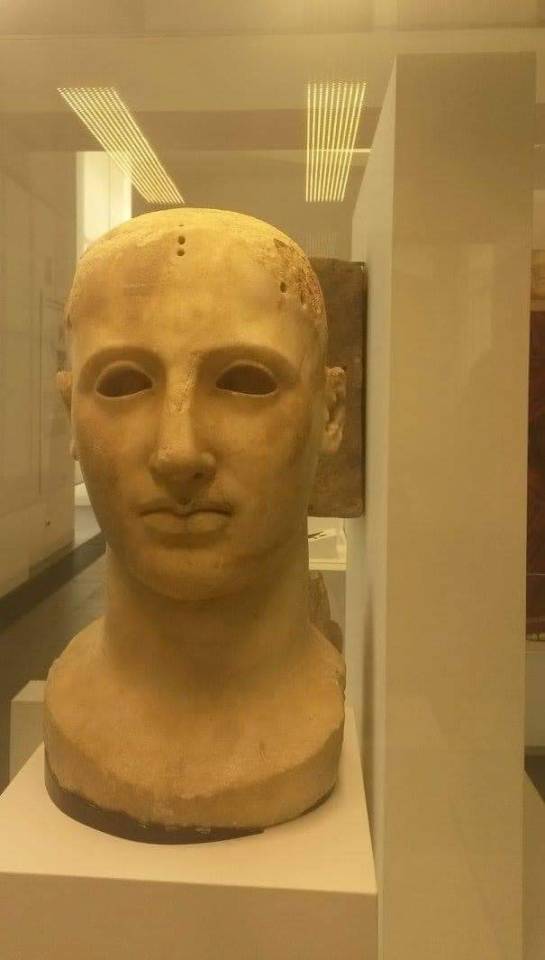
View On WordPress
#cirò#cirò marina#calabria#archaeology#archeology#ancient#art#history#ancient history#ancient art#greek#magna grecia#magna graecia#mediterranean#italy#italia#south italy#southern italy#italian#europe
9 notes
·
View notes
Text

@acrolithed asked : talk abt tumblr user kozome / acrolithed please ! :pleading: ( send me a url and i’ll gush about them ! always accepting . )


of course !!! i’d love to talk about you, sweetheart !! okay, okay, so first things first, your kenma !! i love your kenma ! i love reading your threads and just getting more time to see him!! i love how you write him - on that note, i really love your writing style !! like the way you convey your muse’s thoughts without out right saying them if that makes sense ! you weave it into your prose which is just so nice !! also, okay, i’ll be completely real with you for a second here: i’ve never read or seen nana, but l iSTEN, it’s been on my to watch/read list. but seeing your blog really makes me want to watch/read it ! i love seeing you characterize these characters and i just itch to know more about them whenever you post !! and you writing also shines on that account too !! oh ! and your COLOR CHOICES !!! ABSOLUTELY !! BEAUTIFUL !!! i love seeing your use of color both for your edits and just overall on both your blogs !! stunning !!!!
3 notes
·
View notes
Photo



secret santa for @acrolithed <3
athena i love u so MUCH. i paniced this entire time bcos i didnt know what to do becaus ei jus. i wanted to give you somethin! cool! and i jsut. fuck dude im so glad we’re friends. i love our late night talks and that we can talk about anything. youre such a wonderful person and a beautiful girl. your soul is a kindness i’ve never seen before. i love you mwah mwah mwah i hope you have a wonderful holiday season and i cant wait for us to both suffer in school again
also i forgot to give this to u i think but ive had it for months so take this, a playlist of dazai coping with odasakus death.
4 notes
·
View notes
Text
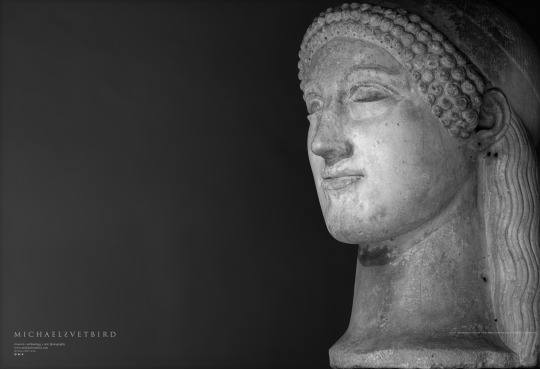

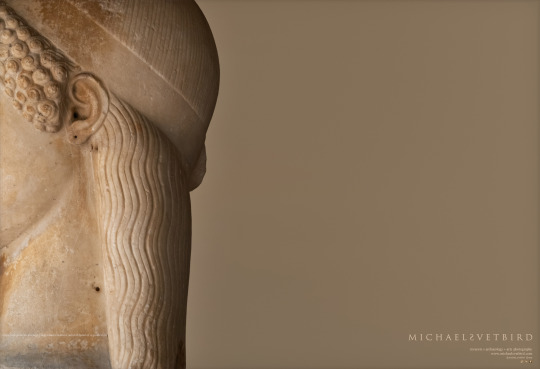
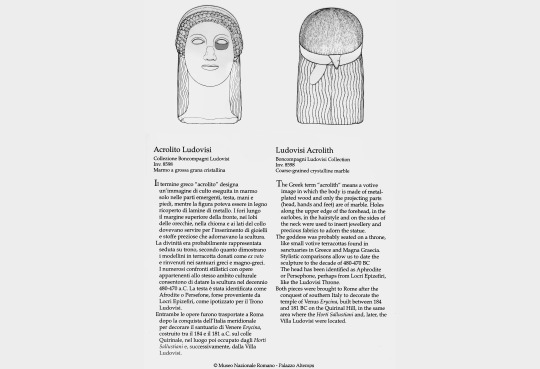
ACROLITH | Head of a Goddess, Aphrodite or Persephone: 'Ludovisi Acrolith' [said] From Locri Epizefiri, Magna Grecia, dated ca 480-470 BC. Brought to Rome 1 BC [pls refer to ©MNR Palazzo Altemps desc. pic 4].
Sun 18 June 2023, Rome: Palazzo Altemps, Museo Nazionale Romano | MNR PA [Ground Floor] • Web : https://museonazionaleromano.beniculturali.it/en/palazzo-altemps • FB : https://www.facebook.com/MNRomano • IG : @museonazionaleromano • TW : @MNR_museo
MNR PA | Michael Svetbird phs©msp | 18|06|23 6000X4100 600 [I., II.] The photographed object is the collection item of MNR PA and subject to copyrights. [non commercial use | sorry for the watermarks]
📸 Part of the "HEADS.Sculpture" MSP Online Photo-gallery: 👉 D-ART: https://www.deviantart.com/svetbird1234/gallery/78520831/heads-sculpture
👉 FB Album: https://www.facebook.com/media/set?set=a.1400262423675664&type=3
.
#rome#palazzo altemps#museo nazionale romano#altemps#acrolith#magnagrecia#greekmythology#goddess#archaic#votive#sculpture#head#heads#aphrodite#persephone#antiquity#archaeology#archeologia#ancient#arthistory#museology#mythology#ancient sculpture#ancientart#photogallery#photography#archaeologyphotography#sculpture photography#museumphotography#michaelsvetbird
30 notes
·
View notes
Note
just trying to rule out some scenarios so… ‘statue’ for the ask game ;) xxx
nope! no statue! :)
send me a word and I'll tell you if it's in theogony chapter 8!
#not the same as 'acrolith' tho.....this IS a James chapter ;)#ask#firefeufuego#word game#theogony#thank uuuu sweet Rosie!
5 notes
·
View notes
Photo


𝚂𝚃𝚁𝙸𝙺𝙴 𝙲𝙾𝙼𝙼𝙰𝙽𝙳𝙴𝚁 𝙼𝙾𝚁𝚁𝙸𝚂𝙾𝙽: 1 / ?
* do not reblog unless you are a partner.
4 notes
·
View notes
Photo

acrolithed said:
HIII MORVEN u r so mean 2 me.... u never answer to my discord messages 👺 NCKSN JUST KIDDIN i love u sweetheart thank you for being around to listen and talk even when i’m this🤏🏻close 2 shaving my head from the current Stressor of the Week™️ I NEVER SAID IT BUT how do u capture the voices of all ur muses so well... BYE hand over the talent 🤲🏻 i love your oda & elise to bits & im excited to see you write the best boy dazai !! this isn’t a threat but if u ever leave me i will delete ur knees❤️

i made this icon last time you sent me something cute and must use it every time you do now !
HIII ATHENA.... i love you so much. i’m srry discord is homophobic and hates showing me your msgs </3 ok so many its just athena phobic.... brb suing discord..
AAAAAA i could never leave u you idiot.
you: dont leave me ok me, who’s spent countless nights up talking to u and written u poetry and fawned over u since the day we met: uh............................................. yeah i.... i dont think thats gonna b a problem.
#one day we will meet and on that i day i will FIGHT YUO.#acrolithed#the way ur one of my bffs <3 we dont have 2 talk abt it its ok#& * ask.#& * ooc.
2 notes
·
View notes
Text
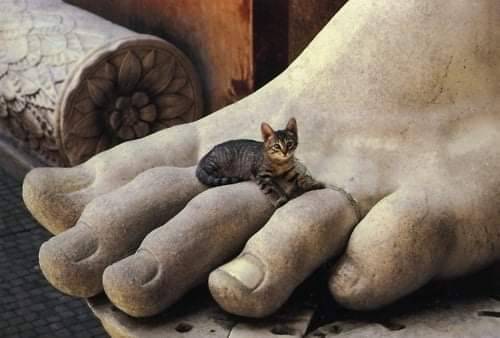
Cat on Constantine’s Foot, Capitoline Museums, Rome, Italy.
The Colossus of Constantine was a huge acrolithic statue of the late Roman emperor Constantine the Great (c. 280–337) that once occupied the west apse of the Basilica of Maxentius on the Via Sacra, near the Forum Romanum in Rome. Portions of the Colossus now reside in the Courtyard of the Palazzo dei Conservatori of the Capitoline Museums, on the Capitoline Hill, above the west end of the Forum.
151 notes
·
View notes
Text
𝐂𝐇𝐀𝐑𝐀𝐂𝐓𝐄𝐑 𝐎𝐔𝐓𝐋𝐈𝐍𝐄.


𝐟𝐥𝐚𝐰𝐬
moody | short-tempered | emotionally unstable | whiny | controlling | conceited | possessive | paranoid | liar | impatient | cowardly | bitter | selfish | power-hungry | greedy | lazy | judgmental | forgetful | impulsive | spiteful | stubborn | sadistic | petty | unlucky | absent-minded | abusive | addict | aggressive | childish | callous | clingy | delusional | cocky | competitive | corrupt | cynical | cruel | depressed | deranged | egotistical | envious | insecure | insensitive | lustful | delinquent | overthinker | guilt complex | reclusive | reckless | nervous | oversensitive | perfectionist | pessimistic | naive
𝐬𝐭𝐫𝐞𝐧𝐠𝐭𝐡𝐬
honest | trustworthy | thoughtful | caring | brave | patient | selfless | ambitious | tolerant | lucky | intelligent | confident | humble | generous | merciful | observant | wise | clever | charming | cheerful | optimistic | decisive | adaptive | calm | protective | proud | diligent | considerate | compassionate | good sportsmanship | friendly | empathetic | passionate | reliable | resourceful | sensible | sincere | witty | funny
𝐬𝐤𝐢𝐥𝐥𝐬 &. 𝐡𝐨𝐛𝐛𝐢𝐞𝐬
art | acting | astronomy | animals | archery | sports | belly dancing | bird watching | blacksmithing | boating | calligraphy | camping | candle making | casino gambling | ceramics | racing | chess | music | cooking | crochet | weaving | exercise | swordplay | fishing | gardening | ghost hunting | ice skating | magic | engineering | building | inventing | leather-working | martial arts | meditation | origami | parkour | people watching | swimming | puppetry | pyrotechnics | quilting | reading | collecting | shopping | socializing | storytelling | writing | traveling | exotic dancing | singing | yoga | gaming | surfing
tagged by : @longerhuman
tagging : @parieha @guiltscorched @sleeplesswork @aevisong @truethes @lureri @acrolithe
6 notes
·
View notes
Photo
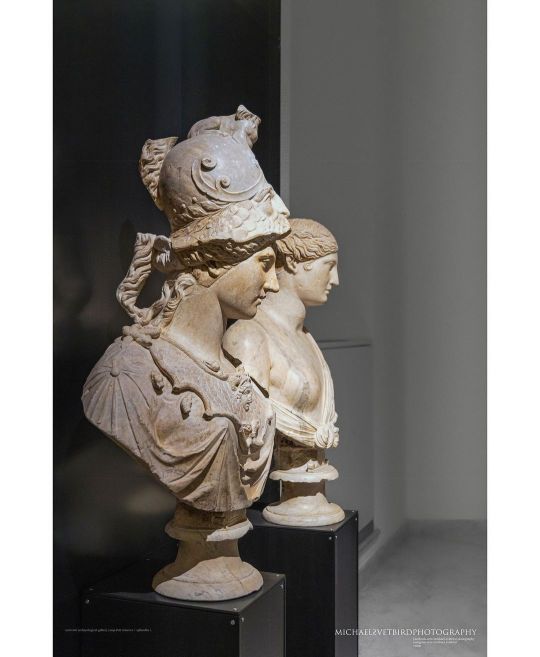
: • MINERVA + CLEOPATRA [or Aphrodite]: 2 busts in the Archaeological Gallery of MRT @museirealitorino https://museireali.beniculturali.it . - MINERVA Mid-2nd c. BC [acrolith] Pre-1566 [bust & helmet] Parian and Pentelic Marble [ From Rome-? ] Savoia Collection "The holes, used to add metal elements, suggest that the head was made in the 2nd century BC by Athenian sculptors working for the Roman nobility. The modern parts are attributed to Tommaso Della Porta the Elder, an artist mentioned by Vasari. The bust is listed in the 1631 inventory as being displayed on the back wall of the Grand Gallery." [©MRT] . - CLEOPATRA or APHRODITE Late 2nd c. BC [head] 2nd c. AD ? [bust] Parian and Pentelic Marble [ From Rome-? ] Carlo Emanuele I di Savoia Collection, 1583. "The bust, named Cleopatra for the Isis knot that was fashionable on clothing in Ptolemaic Egypt, is actually composed of two different ancient works. The face recalls the models of classical Athens, in particular those of Praxiteles; the hairstyle shows similarities with the statue of the Aphrodite of Capua type. The iconography of Ptolemaic queens was often close to that of Aphrodite : it is therefore possible to assume that the bust comes from Egypt, perhaps linked to the acquisition of the Gonzaga collection." [©MRT] . MRT | phs©MSP 07|22 6200X4100 600 [I-III]. The photographed object is the property of MRT and subject to the Museum copyright. All labels & descriptions ©MRT. [no commercial use | sorry for the watermarks] . • Part of the "HEADS.Sculpture" MSP Online Gallery: . • DeviantArt: www.deviantart.com/svetbird1234/gallery/78520831/heads-sculpture . • Facebook [Album]: www.facebook.com/media/set/?set=a.1400262423675664&type=3 . . #turin #torino #palazzorealetorino #royalmuseumsturin #museirealitorino #archaeological #gallery #archaeologicalmuseum #museoarcheologico #ancientsculpture #ancientart #roman #arthistory #antiquity #museology #archaeology #mythology #ancient #heads #sculpture #minerva #aphrodite #cleopatra #goddess #ancientrome #ancientgreece #sculpturephotography #museumphotography #archaeologyphotography #michaelsvetbird @michael_sverbird ©msp @museirealitorino | turin 07|22 (at Musei Reali Torino) https://www.instagram.com/p/Cgq-UojoyQI/?igshid=NGJjMDIxMWI=
#turin#torino#palazzorealetorino#royalmuseumsturin#museirealitorino#archaeological#gallery#archaeologicalmuseum#museoarcheologico#ancientsculpture#ancientart#roman#arthistory#antiquity#museology#archaeology#mythology#ancient#heads#sculpture#minerva#aphrodite#cleopatra#goddess#ancientrome#ancientgreece#sculpturephotography#museumphotography#archaeologyphotography#michaelsvetbird
57 notes
·
View notes
